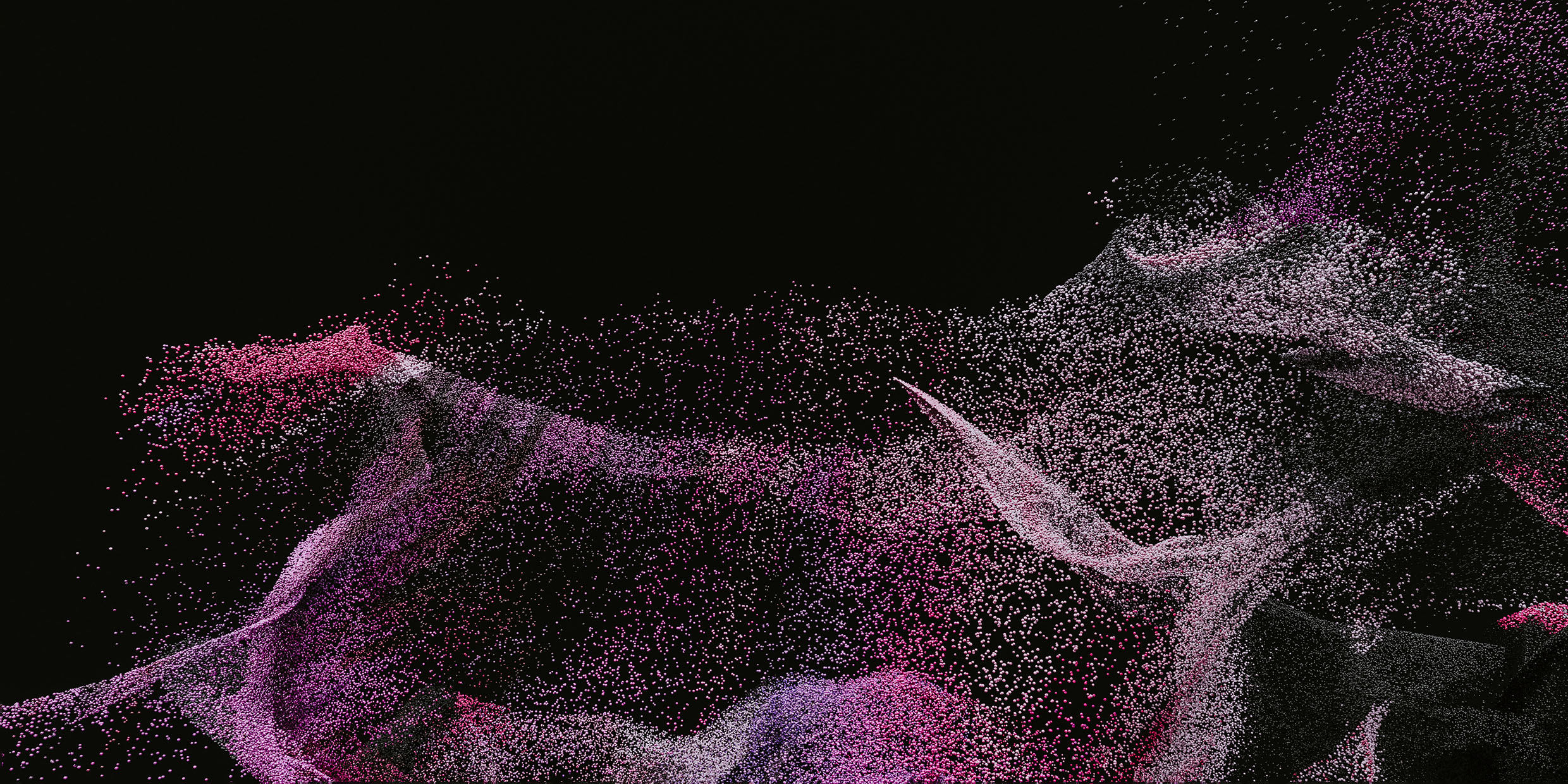Originally published 5 February 2006
According to legend, Christ appeared to the medieval mystic Julian of Norwich and showed her a little thing the size of a hazelnut that he placed in her hand. “What is it?” she asked. He answered, “It is all that is made.”
Cosmologists are telling us something similar today. The entire observable universe was once contained in a seed smaller than a hazelnut, they say. Stars, galaxies, planets, you and me — the whole shebang. An infinitely hot hazelnut of pure energy that exploded outward. The Big Bang.
The problem with cosmology as a science is that cosmologists have only one universe to observe. Science works best when it can make comparisons, do experiments, twiddle the variables and see what happens. Cosmologists can observe the universe and try to explain it, but as for a controlled experiment — well, forget it.
Wouldn’t it be lovely if we had a way to go back to the beginning — to those first few trillion trillion trillionths of a second of the Big Bang — and change, say, the ratio of the strength of the gravitational force to the strength of the electrical force. Or the ratio of the mass of the proton to the mass of the electron. And see what happens. See if we still get a universe where stars live long enough for life to evolve. Or a universe where stars make enough heavy elements — carbon and oxygen, for example — to make life possible. See just how special a universe has to be for conscious creatures to appear who look into the depths of space and wonder what it all means.
Well, maybe something like this is possible. Last year a paper appeared in the journal Nature, titled “Simulations of the Formation, Evolution and Clustering of Galaxies and Quasars,” that did not get nearly the attention it deserved in the popular press. A consortium of European cosmologists ran the most detailed computer simulation yet of the evolution of the universe, from the Big Bang to the present.
They programmed into a supercomputer the laws of physics as best we understand them today. Started with a seed of energy and let the darn thing go. 500 quadrillion calculations. And watched — watched as stars and galaxies evolved on the screen of the computer, forming themselves into knots and streamers that look spectacularly like the universe we see with our telescopes.
The universe in a box!
Now you might think that what was accomplished is a mere tautology: We derived the laws of physics by looking at the universe in the first place, so it should not be surprising that those same laws spin out a universe like the one we live in. But remember that the laws of physics employed in the simulation were derived here on Earth, in the laboratories of the Michael Faradays and Marie Curies, and in the minds of the Albert Einsteins and Stephen Hawkings. And now a computer simulation shows that we are doing something right.
With supercomputers, we have a way to turn cosmology into an experimental science, of sorts. Play God, if you will.
Hundreds of billions of galaxies, stars in uncountable numbers, dark matter, dark energy, spilling out into the light-years and the eons on the screen of a computer. Another great medieval mystic, John of the Cross, spoke of “the knowing that unknows.” And I think there is something of that here, too, in those flickering streamers of galaxies in the supercomputer simulation: A kind of knowing that makes us reconsider everything that we thought we knew — about ourselves, about the origin and destiny of the universe, about God. A kind of knowing so spectacular in breadth and scope that it stretches our understanding.
Our challenge is to let ourselves be stretched.



